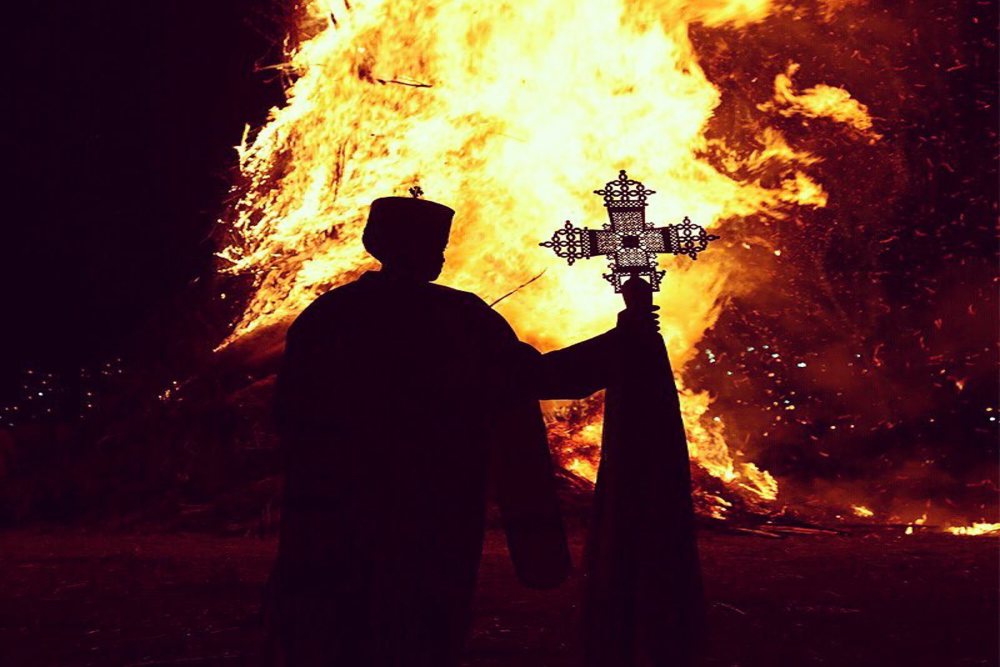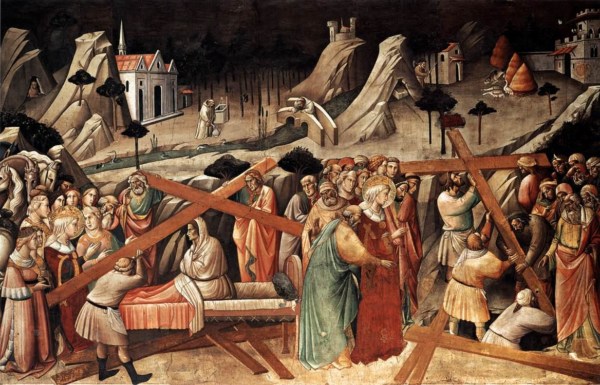Finding the True Cross in Ethiopia: A Journey of Discovery and Legacy

In the heart of Ethiopia, nestled in the historic city of Axum, lies a mysterious and ancient artifact that has been the subject of reverence and speculation for centuries. The True Cross, believed to be the cross upon which Jesus Christ was crucified, has captivated the imagination of scholars, religious leaders, and adventurers alike. For those seeking to uncover the truth behind this enigmatic relic, a journey to Ethiopia may be the ultimate quest.
The Legend of the True Cross
According to Christian tradition, the True Cross was discovered by Saint Helena, the mother of Emperor Constantine, in the early 4th century. The story goes that she was directed to the site of the crucifixion by a miraculous vision, and there she found three crosses, one of which was the true cross upon which Jesus was crucified. The other two crosses were said to be the crosses of the thieves who were crucified alongside Jesus.
The True Cross was then taken to Jerusalem, where it was revered as a sacred relic. Over time, it was divided into several pieces and distributed to various churches and monasteries throughout the world.

Background and History of Mesket Ceremony in Ethiopia
The Mesket ceremony, also known as the “Finding of the True Cross” or “Meskel” in Amharic, is a significant religious event celebrated by the Ethiopian Orthodox Tewahedo Church. The ceremony commemorates the discovery of the True Cross by Queen Helena, the mother of Emperor Constantine, in the 4th century.
According to tradition, Queen Helena was on a pilgrimage to Jerusalem when she discovered the True Cross, which was buried under a pile of rubble. The discovery of the True Cross is said to have occurred on September 14th, which is why the Mesket ceremony is celebrated on this date every year.
The Meskel ceremony is a colorful and vibrant event that takes place in many churches throughout Ethiopia, particularly in the Gurage region. The ceremony is characterized by elaborate processions, traditional dances, and the blessing of the faithful with the True Cross.
Ceremony and Ritual
The Meskel ceremony is a complex and multi-day event that involves a range of rituals and traditions. .Here are some of the key elements of the ceremony:
1. Procession: The ceremony begins with a grand procession that winds its way through the streets of Addis Ababa and other part of Ethiopia Participants carry elaborate banners, icons, and other religious symbols, while traditional musicians and dancers perform along the way.
2. Blessing of the Cross: The highlight of the ceremony is the blessing of the True Cross, which is said to have been discovered by Queen Helena. The cross is carried in a procession around the church, while the faithful kneel and pray for blessings.
3. Traditional Dances: The Mesket ceremony is accompanied by traditional dances that are said to have been performed during the time of Queen Helena. The dances are performed by trained troupes of dancers who wear elaborate costumes and perform intricate steps.
4. Blessing of the People: After the procession and dances, the faithful are blessed with holy water and the True Cross. The blessing is said to bring good health, prosperity, and protection from harm.
5. Feasting and Celebration: The Mesket ceremony is followed by a grand feast, which is attended by thousands of people. The feast is a time for celebration, fellowship, and the sharing of traditional foods and drinks.

